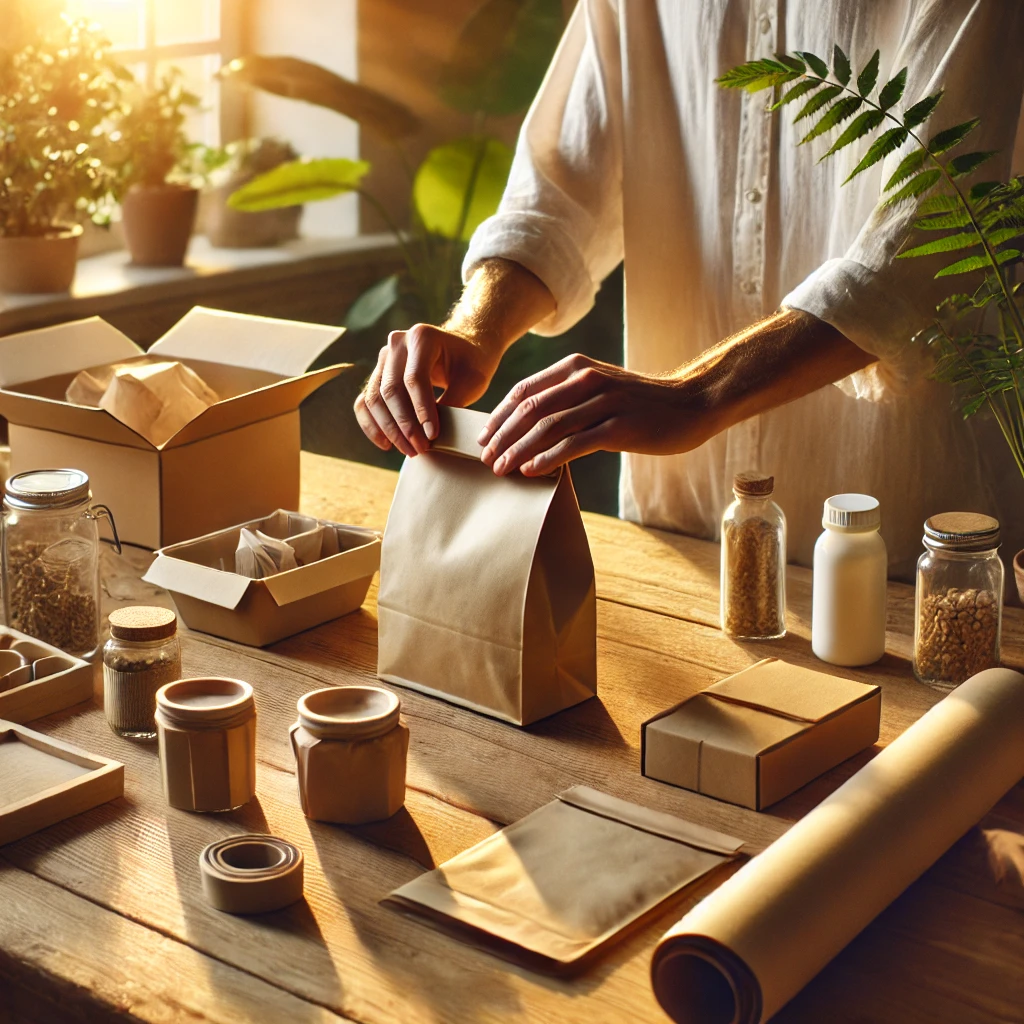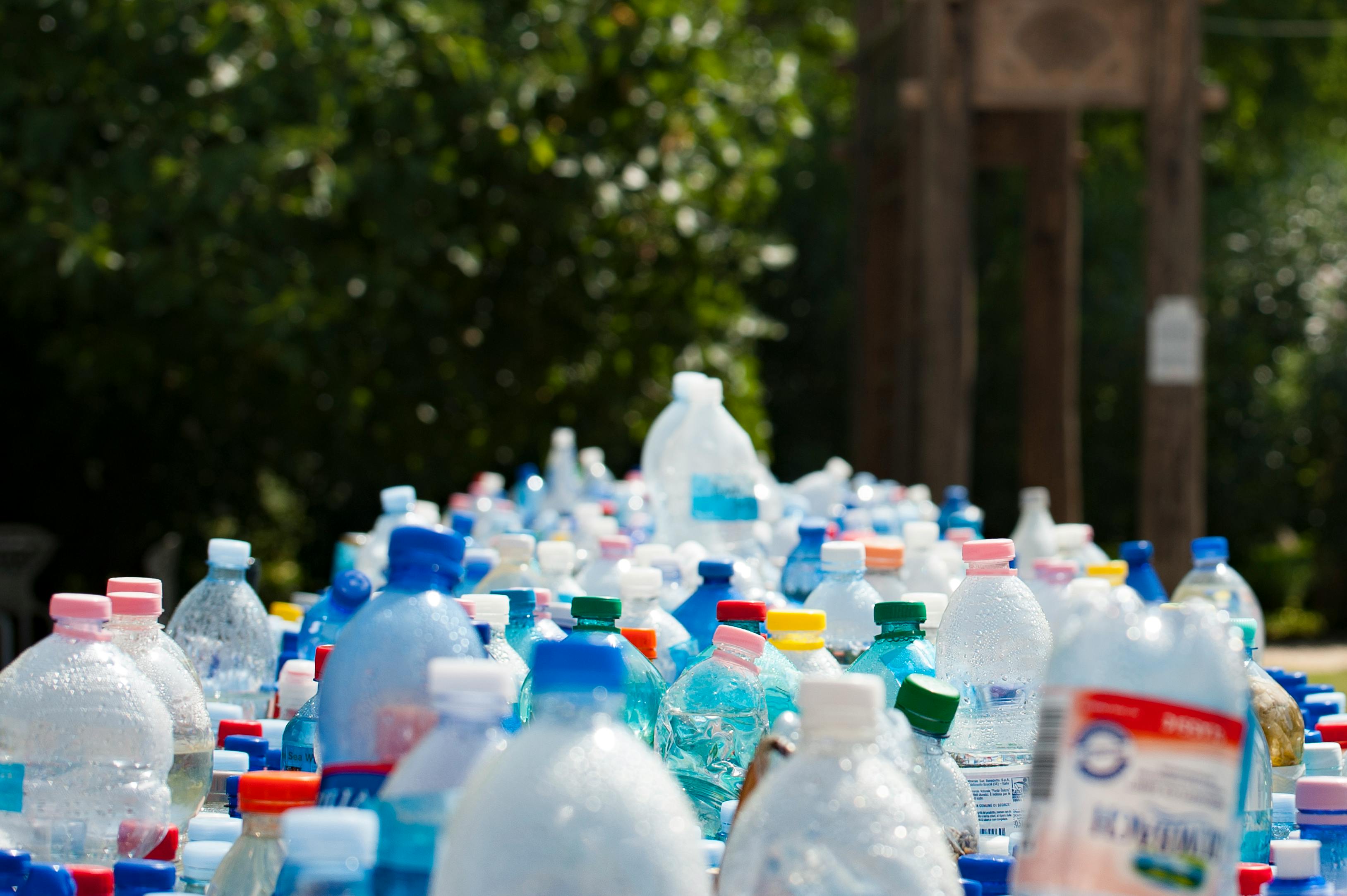What Makes Packaging Truly Biodegradable?

With sustainability becoming a key concern for consumers, many brands are quick to label their
products as “biodegradable” or “eco-friendly.” But not all claims are created equal. Understanding
what makes packaging truly biodegradable is essential for making informed, responsible choices—and
avoiding greenwashing.
Biodegradable packaging is made from natural materials that can be broken down by microorganisms
into water, carbon dioxide, and biomass, leaving no harmful residue. This process can take a few
weeks to several months, depending on the material and environmental conditions.
True biodegradable packaging is often made from plant-based sources like cornstarch, sugarcane pulp,
bamboo, or paper. These materials return to the earth safely, without polluting the environment.
Biodegradable packaging helps reduce waste, lower carbon emissions, and promote a circular economy.
But only if it’s truly biodegradable—and disposed of correctly.
Consumers play a critical role by holding brands accountable, supporting legitimate eco-friendly
options, and spreading awareness about what these labels really mean.


